If you've ever gone down the foam rabbit hole, you're not alone. Foam may not seem like the most exciting material, but whether you're upgrading your sofa cushions, designing a custom mattress, or tackling a creative DIY project, foam plays a big role in comfort and functionality.
You might have questions like, "Is foam really durable?", "Why does foam pricing vary so much?" or "What type of foam do I actually need?"
Don't worry, we’re here to clear up the confusion. This guide tackles foam FAQs, busts common custom foam myths, and explains everything you need to know to feel confident in your choices.
And for anything else we might've missed, just pick up the foam, sorry, phone!
Clearing Up Misconceptions About Foam
When people hear about foam products, a few stereotypes tend to arise. Let's cut through the noise by addressing the big ones.
Misconception 1: Foam isn’t durable.
This couldn’t be further from the truth. The durability of foam ultimately depends on the quality and density of the material.
For instance, high-density foam used for seating can last for years while maintaining its shape and support. Softer foam, on the other hand, may be more prone to wear and is better suited for temporary fixes or decorative purposes.
By selecting the right type of foam for your project, you can ensure it meets your expectations for longevity.
Misconception 2: Foam is overly expensive.
Custom foam doesn't have to break the bank.
While higher-quality products or added features like cut-to-size options may increase the cost, foam actually offers great value. Custom cuts reduce waste, which means you're paying for just what you need. Plus, foam’s versatility makes it a long-term investment for anything from furniture to marine use to bedding.
Misconception 3: All foam is the same.
Many people assume foam is a one-size-fits-all product.
The reality?
Foam comes in various types, each designed for a specific purpose. For example, memory foam is perfect for mattresses and pressure-relief cushions, while rigid foam excels as a supportive layer in sofa cushions.
Common Foam FAQs

Now that we’ve addressed some myths, let's answer some of the most commonly asked questions about foam.
How do I measure for sofa foam cushions?
Measuring for sofa cushions is simpler than you might think.
Grab a tape measure and note the length, width, and thickness of each cushion. If you’re replacing old foam, measure the cushion cover when it’s laid flat and stretched out to get accurate dimensions. To ensure a snug, professional fit, add about 1- 2 centimeters to the thickness for a plush finish.
What foam is best for sofa cushions?
The best foam for your sofa cushions depends on the level of support and comfort you prefer. High-resilience foam is popular for sofas because it provides excellent durability, bounce, and comfort. For a softer seat, you might consider medium-density polyurethane foam. If you’re unsure, just give us a call.
Our team are always happy to help you choose the best option based on your needs.
Do We Cut Foam offer cut-to-size foam?
Yes, we offer cut-to-size foam to make your design dreams a reality.
Whether it’s for seating, mattresses, or unique projects like window seats, custom foam services allow you to order precisely what you need without waste.
You simply provide the dimensions or even a template, and the foam is cut to fit seamlessly.
Can I recycle or dispose of custom cut foam responsibly?
Foam recycling is an eco-friendly option that’s often available through specialised programs. While municipal recycling services don’t always accept foam, many foam suppliers or recycling centers can process and reuse it for applications like carpet underlays or insulation.
If recycling isn’t an option in your area, contact us for disposal advice or creative reuse ideas.
See Also - Choosing the Right Foam for Your Cushion and Seating Projects
Practical Tips for Choosing the Right Foam
-
Identify the Purpose
Consider where and how the foam will be used. Is it for heavy, daily use or occasional lounging? Prioritise support and density accordingly. -
Ask for Samples
We offer foam samples so you can feel the texture and firmness before committing. This can save you from disappointment later. -
Factor in Maintenance
For high-use furniture or outdoor applications, look for foam that’s resistant to moisture, mould, and bacteria growth. -
Don’t Hesitate to Ask Questions
Reach out to us, after all it's what we have done for decades and we love hearing from our customers.
See Also - How To Make A Template For Foam Cutting
Your Next Project Starts Today!
Foam doesn't need to be mysterious.
By understanding the different types, debunking common custom foam myths, and becoming familiar with foam-cutting explained, you can choose the right product with confidence. Whether you're refreshing your sofa cushions, customising a mattress, or tackling a DIY decor project, remember that the right foam transforms design into comfort.
Still got questions? Reach out to a trusted team of experts, and start your next project with all the answers at hand.

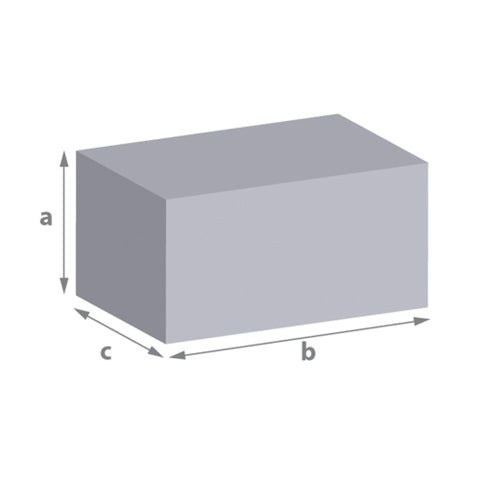
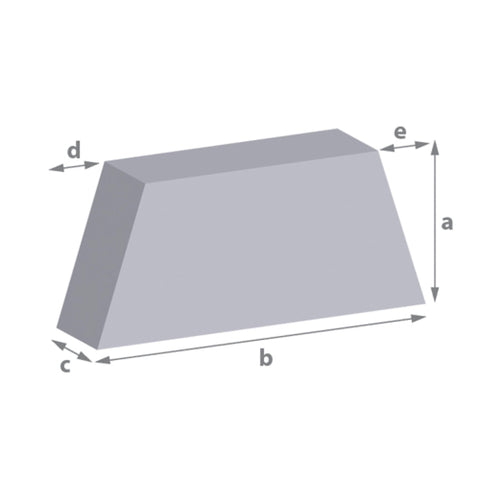
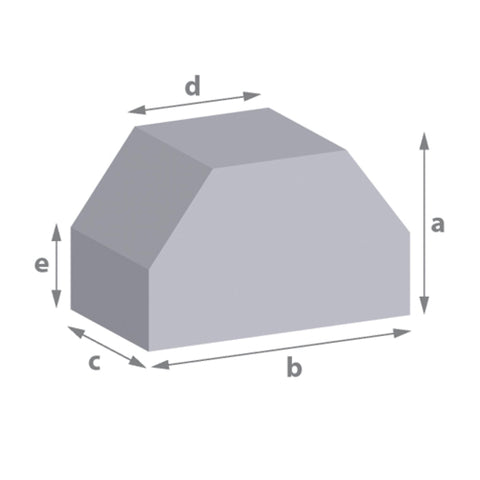
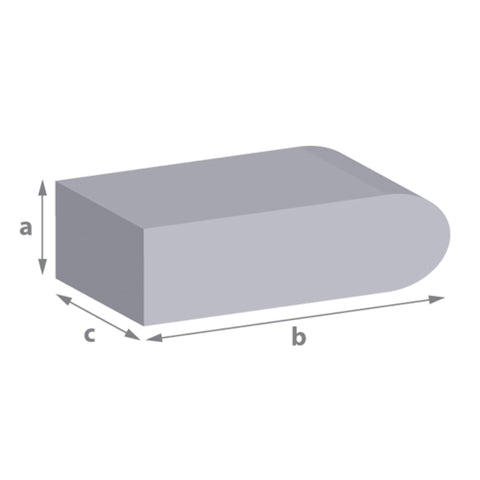
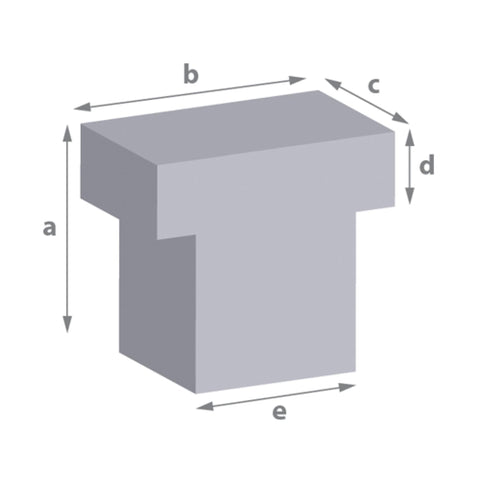
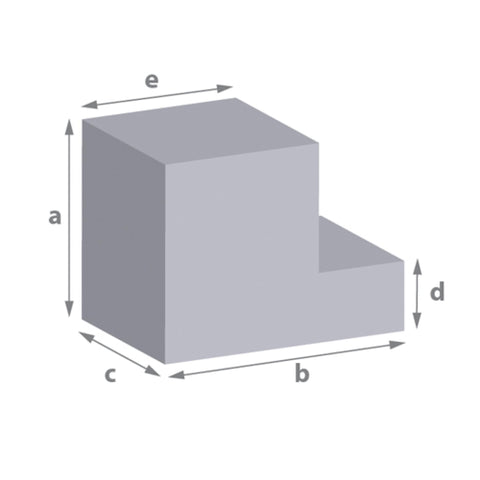
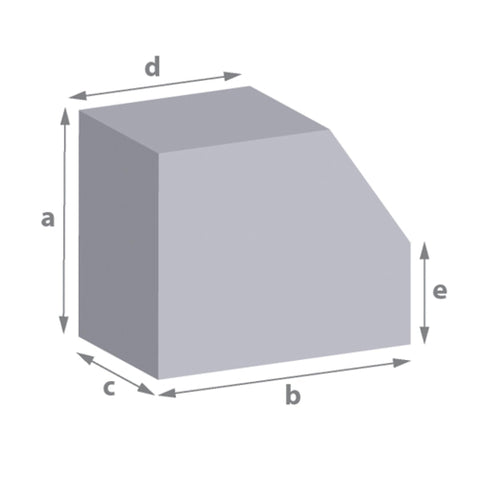
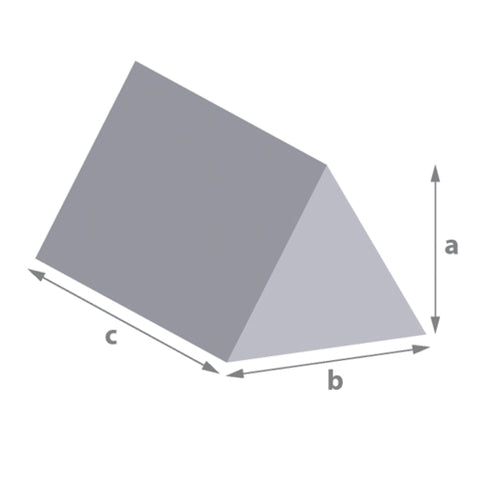
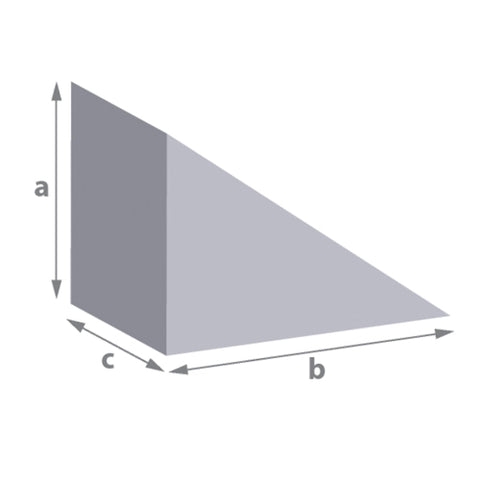
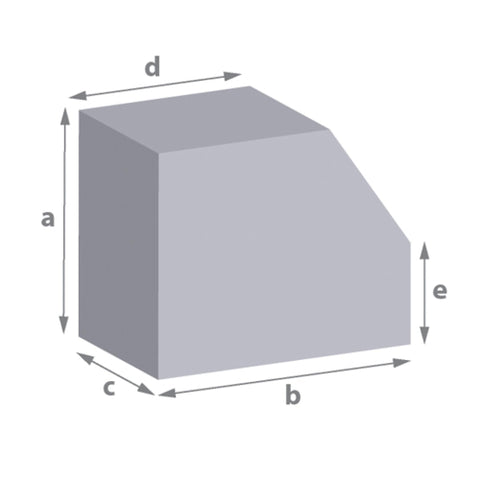
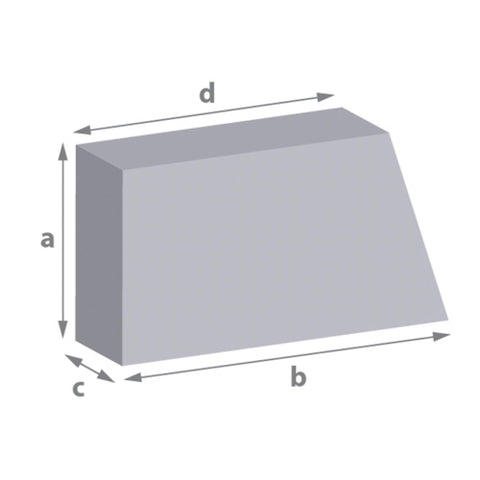

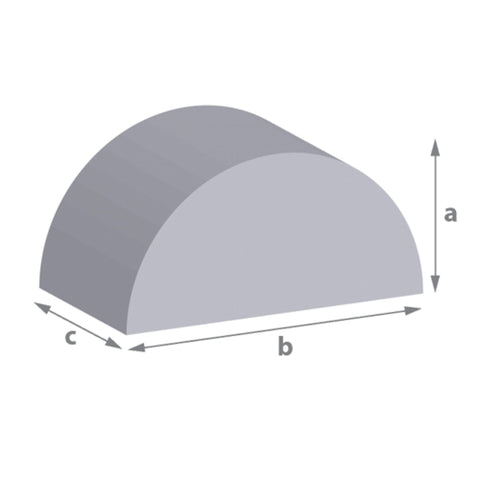
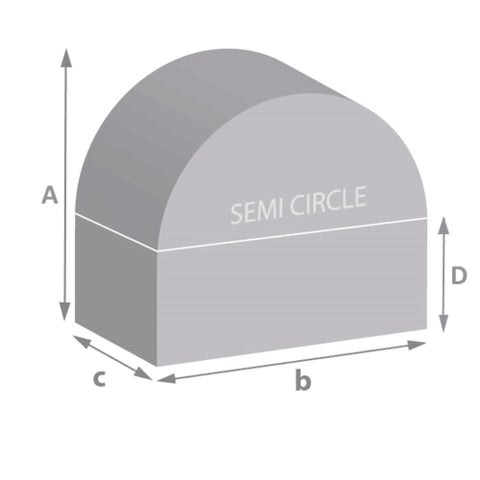

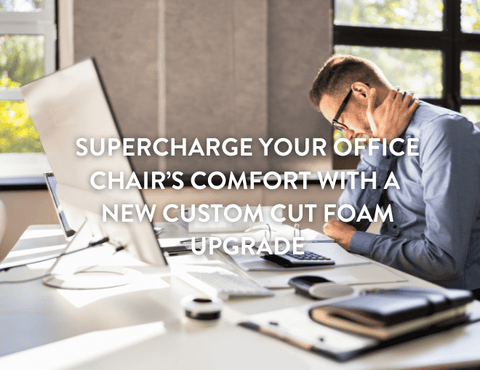

Comments (0)
There are no comments for this article. Be the first one to leave a message!